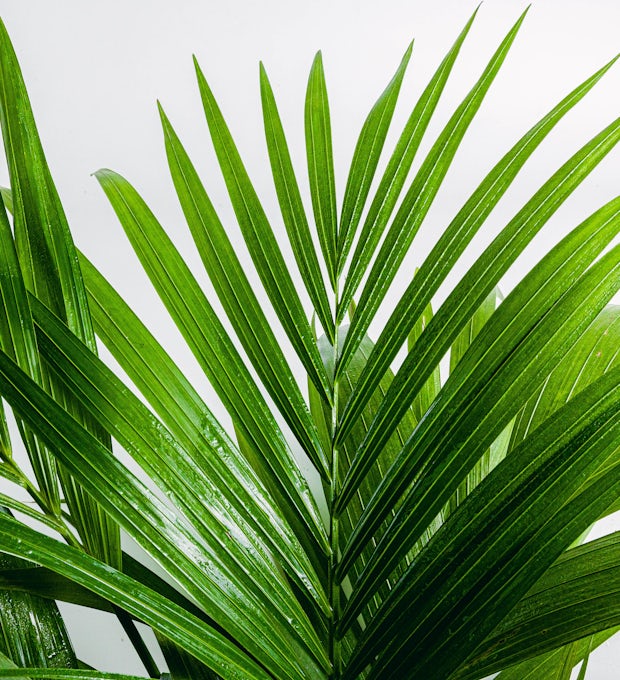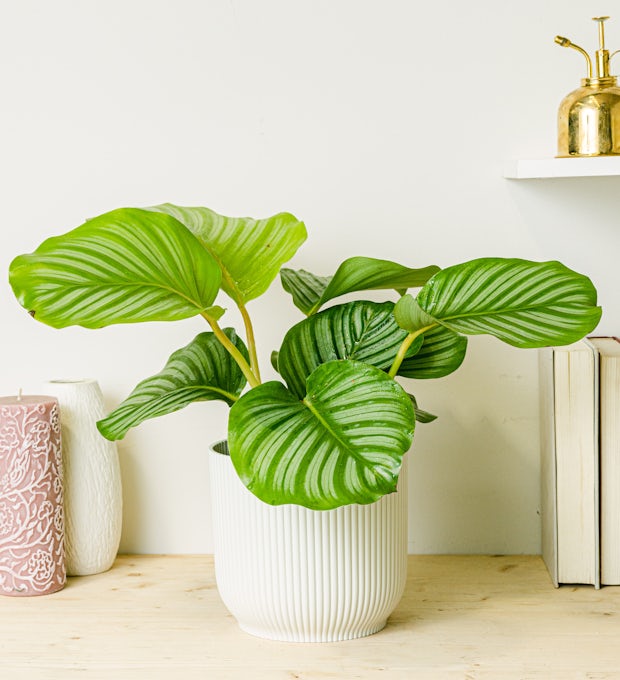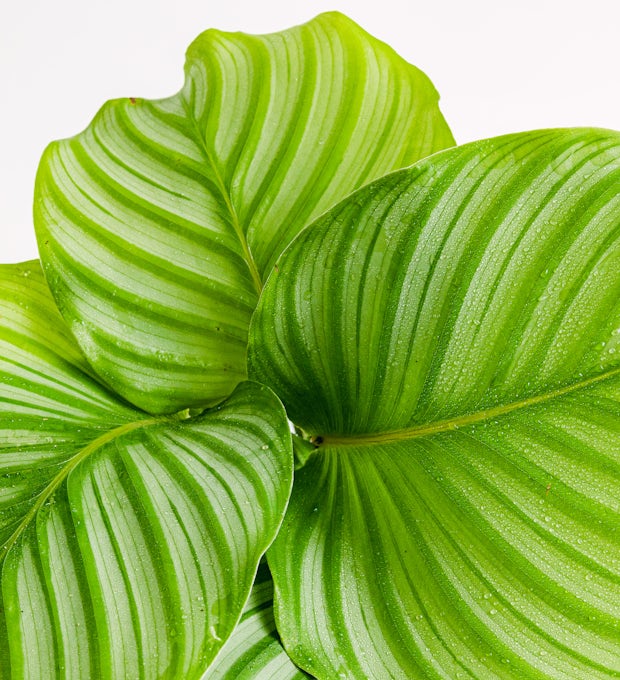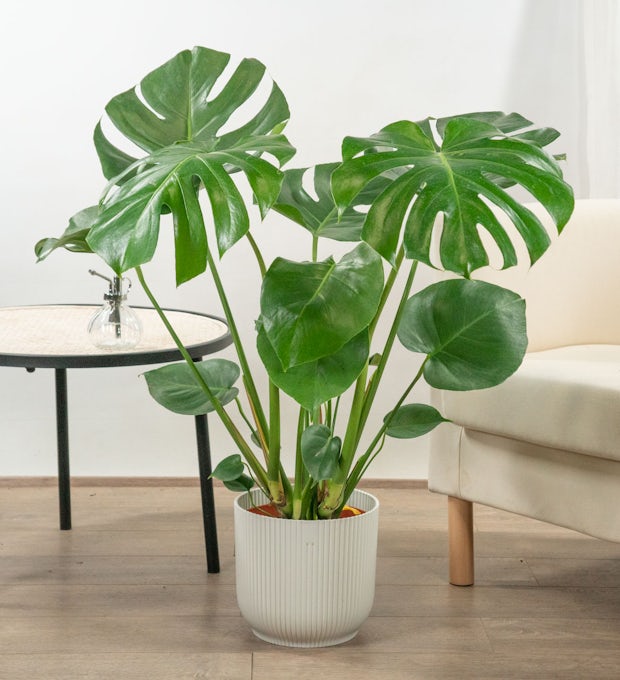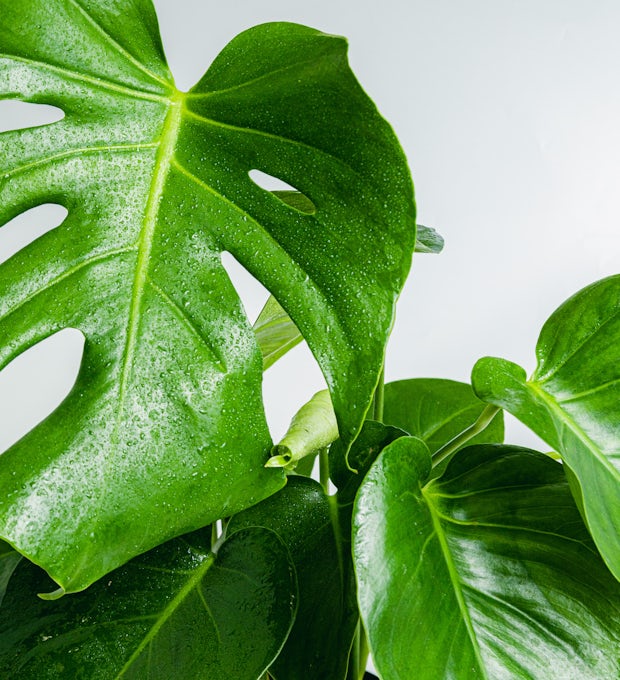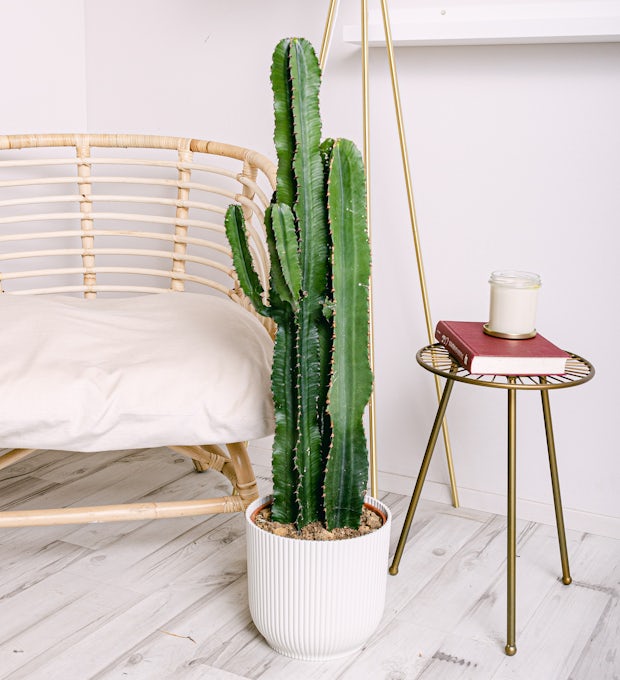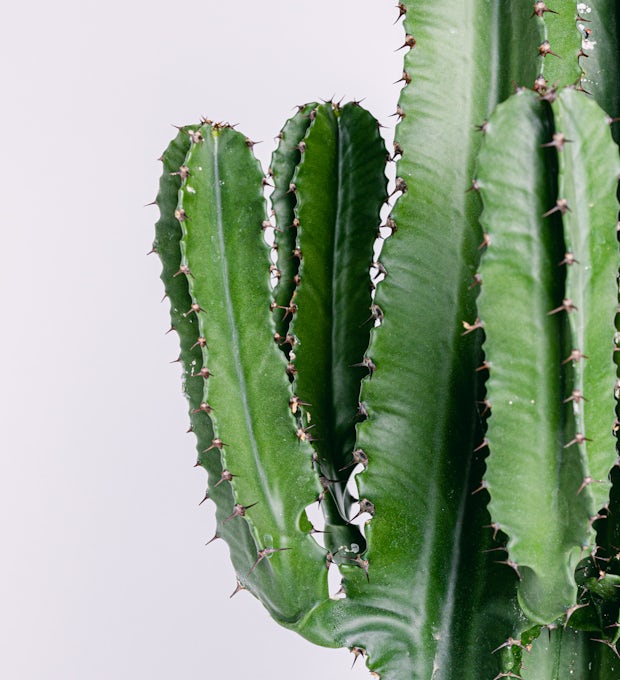Welcome to our informative article on discovering the secrets to thriving succulents.
Succulents have gained widespread popularity due to their unique beauty, low maintenance needs, and ability to thrive in various environments.
In this article, we will explore the different types of succulents suitable for shallow planters, ideal planting size and timing, selecting the right soil mix and planting process, factors affecting growth, and essential care and maintenance tips.
Whether you are a seasoned succulent enthusiast or just starting out, this article will equip you with the knowledge and insights needed to successfully nurture your succulent collection.
Types of Succulents and Planters
The selection of suitable succulents and planters is crucial for successful cultivation.
Different types of succulents thrive in different climates, so it's important to choose the right ones for your specific environment. Some popular succulents for shallow planters include Haworthias, Living Stones, Sempervivums, Gasterias, Panda Plants, Echeverias, and Crassulas.
When it comes to planter options, there are a variety of stylish choices available. Shallow planters come in various materials, shapes, colors, and styles. terra cotta pots and ceramic pots are preferred materials for succulent planters.
It's important to consider the size and timing of planting as well. Shallow planters are typically 6 inches or less in height, and small succulents should not be placed in deep containers to prevent root rot.
The best times for planting succulents in shallow planters are spring, summer, and early fall in mild winter climates. Avoid planting, pruning, and propagating houseplants in winter.
Size and Timing of Planting
Optimal growth of succulents in shallow planters requires careful consideration of size and timing for planting. To ensure successful planting, keep the following factors in mind:
Planting depth:
We ship plants to all locations, you can see more options here.
BuyKentia Palm€82.00Tropical and purifyingBuyCalathea orbifolia€36.00An exotic CalatheaWe ship plants to all locations, you can see more options hereContinue shoppingShallow planters, typically 6 inches or less in height, are ideal for succulents.
Small succulents should not be placed in deep containers to prevent root rot.
Optimal planting season:
The best times for planting succulents in shallow planters are spring, summer, and early fall in mild winter climates.
It is important to avoid planting, pruning, and propagating houseplants in winter to minimize stress on the plants.
Timing for repotting:
Succulents in lower light conditions may have slower growth and require a larger base for expanding roots.
Using a shallow succulent planter can help regulate growth in lower light conditions and extend the time between repotting.
Soil Mix and Planting Process
To ensure proper growth and health of your succulents in shallow planters, it is crucial to use a well-aerated, light, and well-draining potting mix. Regular potting soil should be avoided as it retains too much moisture, which can lead to root rot. Instead, opt for a specialized succulent potting mix or create your own by combining equal parts of coarse sand, perlite, and potting soil.
Choosing the right succulent planter is also important. Shallow planters are ideal for succulents as they prevent waterlogging and promote proper soil drainage. Terra cotta pots or ceramic pots are preferred materials for succulent planters due to their porous nature, allowing for better airflow and water evaporation.
We ship plants to all locations, you can see more options here.
To further enhance drainage, place a layer of small rocks or pebbles at the bottom of the planter. This will prevent the succulent's roots from sitting in excess water. When planting, gently remove the succulent from its current pot, loosen the roots, and place it in the planter, ensuring the roots are adequately covered with soil.
Benefits and Factors Affecting Succulent Growth
Proper growth and health of succulents in shallow planters can be influenced by various benefits and factors. These include promoting slow growth and optimizing light conditions.
Promoting slow growth: Planting succulents in shallow planters helps regulate their growth by limiting the amount of space available for root expansion. This can be beneficial in lower light conditions, as succulents tend to grow slower in these environments. Slower growth reduces stress on the plant and allows it to allocate resources more efficiently.
Optimizing light conditions: Succulents require adequate light for photosynthesis and overall health. By using shallow planters, you can ensure that light reaches the lower parts of the plant more effectively, preventing elongation and promoting compact growth. Additionally, shallow planters allow you to position your succulents closer to a light source, maximizing their exposure to light.
Care and Maintenance
Continuing with the discussion on the benefits and factors affecting succulent growth in shallow planters, proper care and maintenance are essential for ensuring the health and longevity of these plants. Succulents have specific watering and sunlight requirements that must be met in order for them to thrive.
When it comes to watering frequency, succulents should be watered sparingly to avoid overwatering. It is important to allow the soil to dry out completely between watering sessions to prevent root rot.
In terms of sunlight requirements, succulents need adequate sunlight or artificial light for optimal growth. They typically thrive in bright, indirect light, but some varieties can tolerate lower light conditions.
To summarize the key points:
Watering Frequency:
- Water sparingly to avoid overwatering.
- Allow the soil to dry out completely between watering sessions.
Sunlight Requirements:
- Provide adequate sunlight or artificial light.
- Succulents typically thrive in bright, indirect light.
Watering Techniques
When it comes to ensuring the health and vitality of succulents, mastering effective watering techniques is crucial. Here are some key tips to help you water your succulents properly:
Watering frequency: Succulents have adapted to survive in arid conditions, so they require less water compared to other plants. Water them only when the soil is completely dry, typically every 1-2 weeks during the growing season. In winter, reduce watering to once a month or less, as they enter a period of dormancy.
Signs of overwatering: Overwatering is one of the biggest threats to succulents. Look out for signs such as yellowing leaves, soft and mushy stems, or black spots. If you notice any of these signs, stop watering immediately and let the soil dry out completely before watering again.
Proper drainage: Succulents thrive in well-draining soil. Make sure your planters have drainage holes to prevent waterlogging. If your favorite planter doesn't have drainage holes, consider using a nursery pot with drainage and placing it inside the decorative planter.
Monitoring and Troubleshooting
To ensure the ongoing health and vitality of your succulents, it is essential to closely monitor their growth and address any potential issues promptly.
Common succulent pests, such as mealybugs, aphids, and spider mites, can cause damage to the leaves and stems of your plants. Inspect your succulents regularly for signs of infestation, such as webbing, sticky residue, or distorted growth. If you notice any pests, remove them by gently wiping the affected areas with a cotton swab dipped in rubbing alcohol or use an organic insecticidal soap.
Additionally, be aware of common succulent diseases like root rot, caused by overwatering or poor drainage, and fungal infections. If you notice signs of disease, such as soft, mushy stems or discolored leaves, take immediate action by adjusting your watering habits and treating the affected plants with a fungicide if necessary.
Conclusion
In conclusion, thriving succulents require careful consideration and proper care.
By selecting the right types of succulents suitable for shallow planters, planting them at the ideal size and timing, and using the appropriate soil mix and planting process, you can ensure optimal growth.
Factors such as sunlight, watering techniques, and monitoring for signs of stress or pests also play a crucial role in maintaining healthy succulents.
With the knowledge and insights provided in this article, you can successfully nurture your succulent collection and enjoy their unique beauty for years to come.

